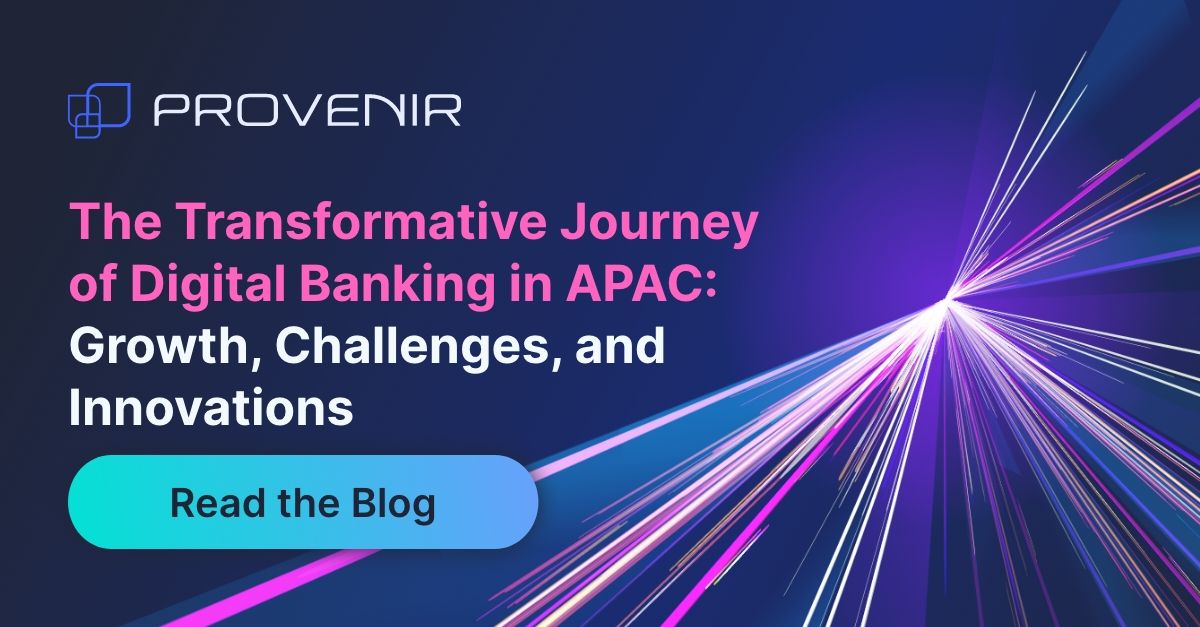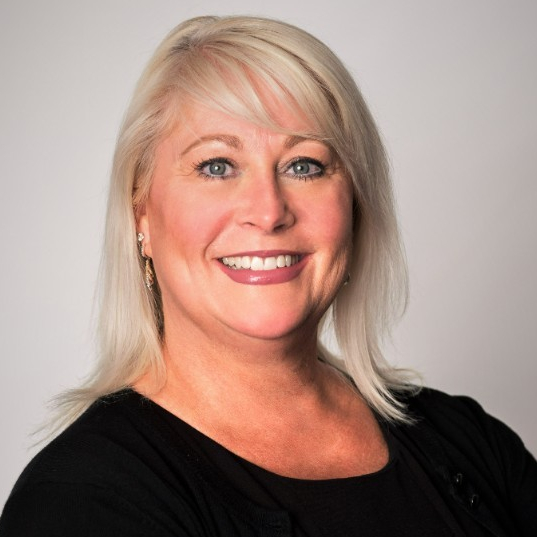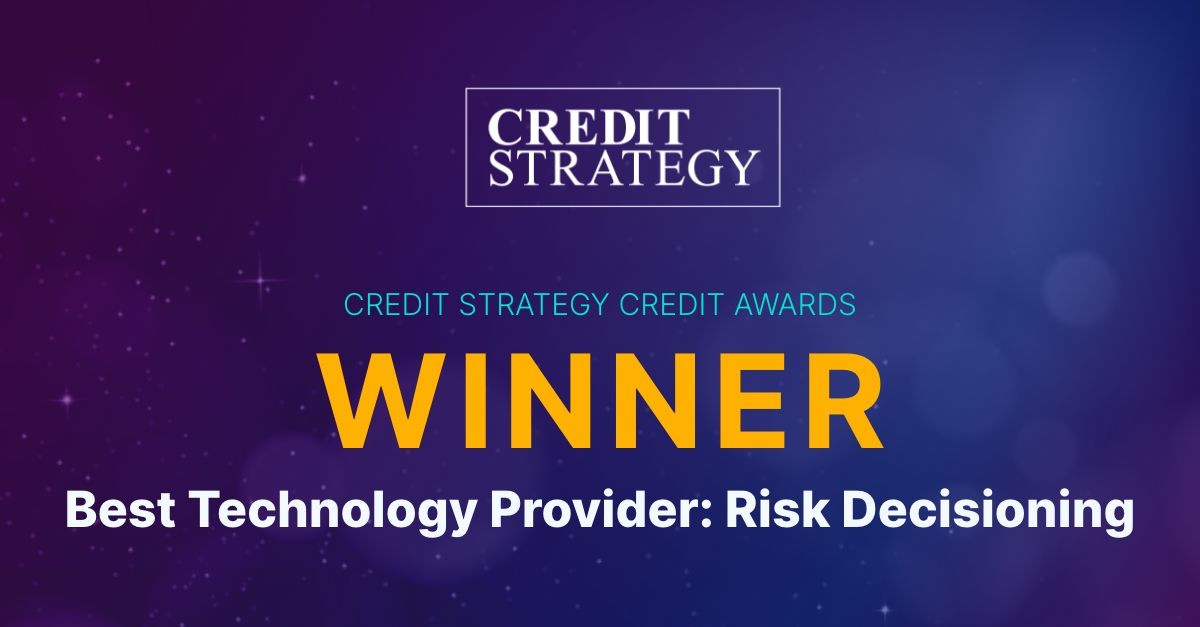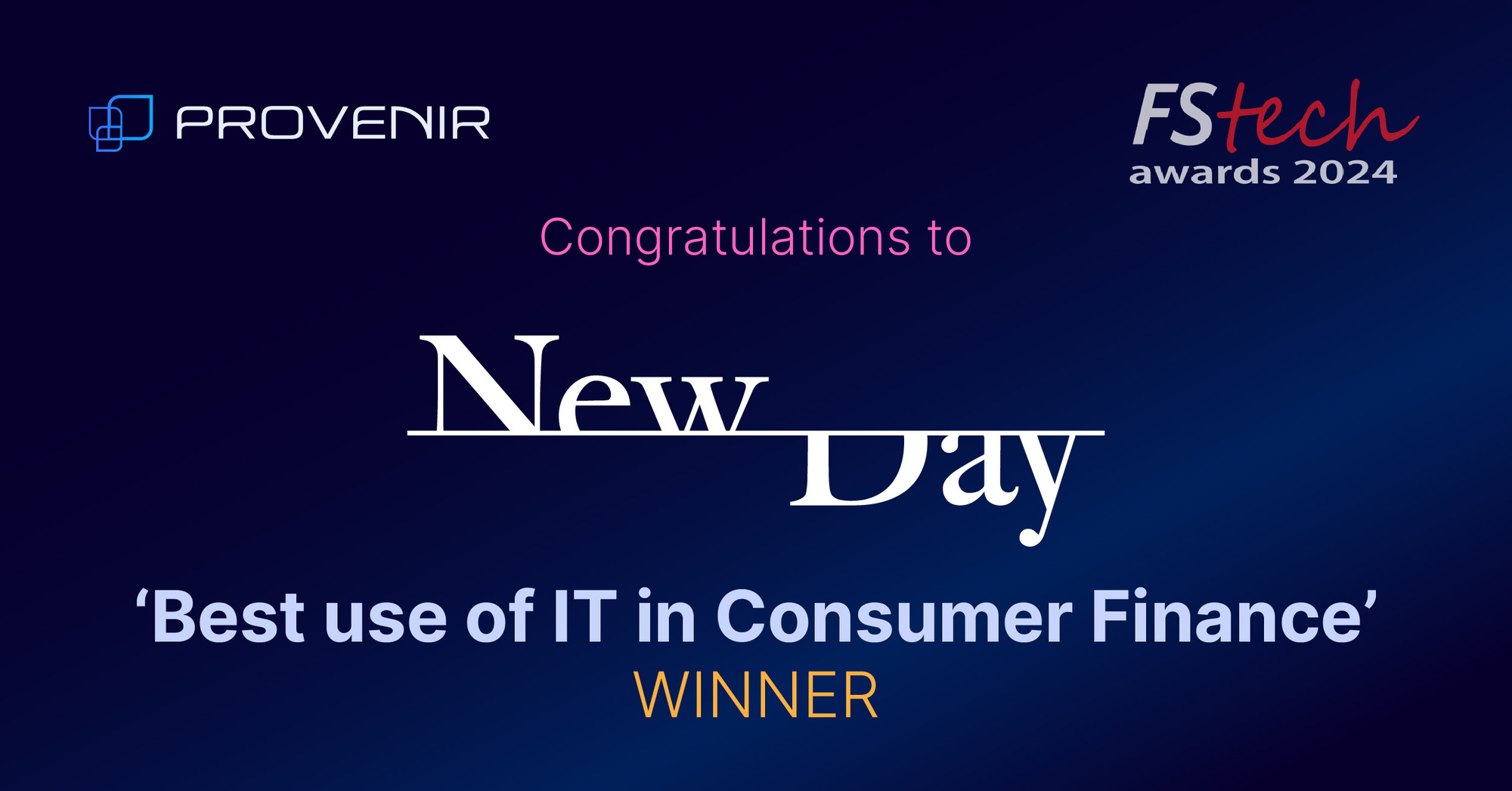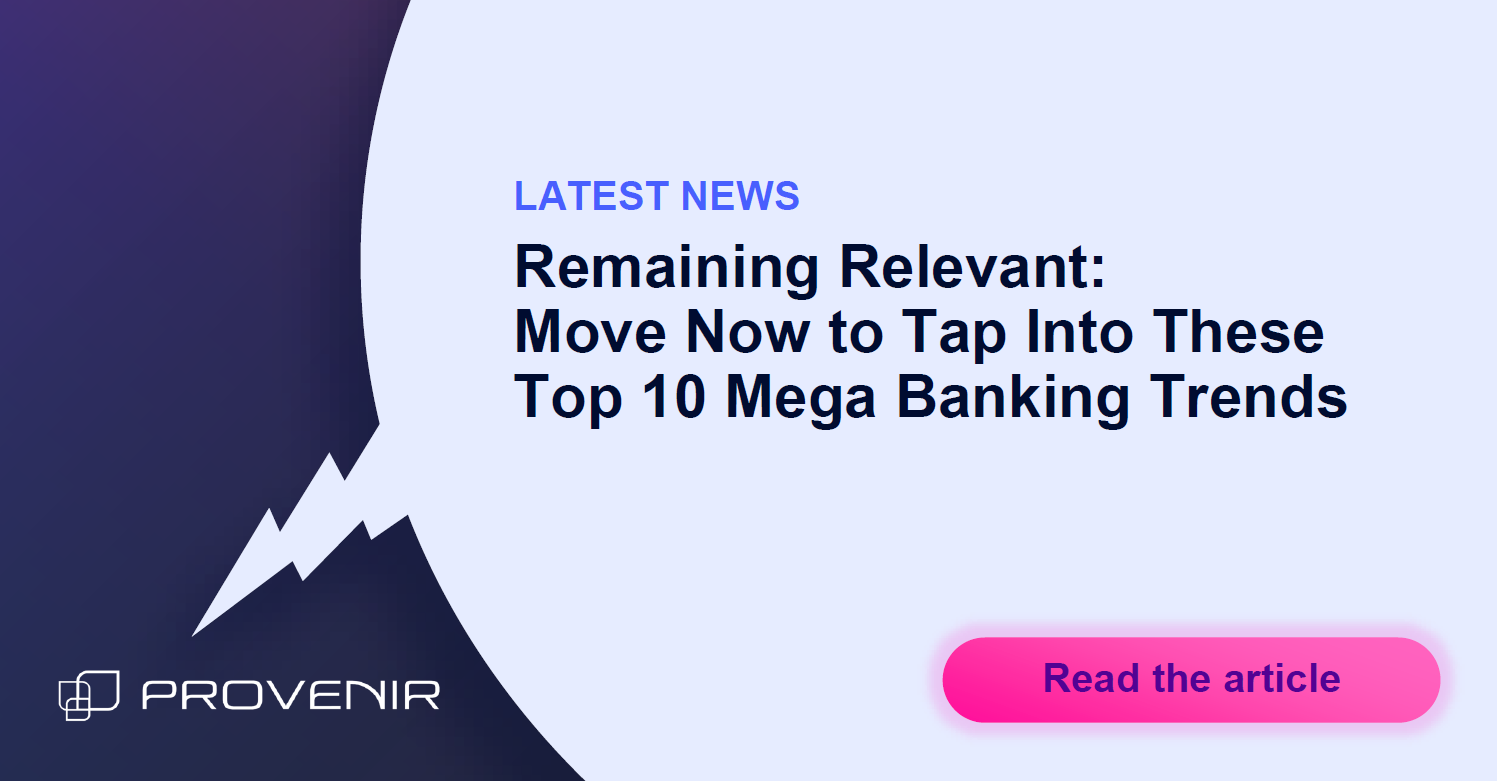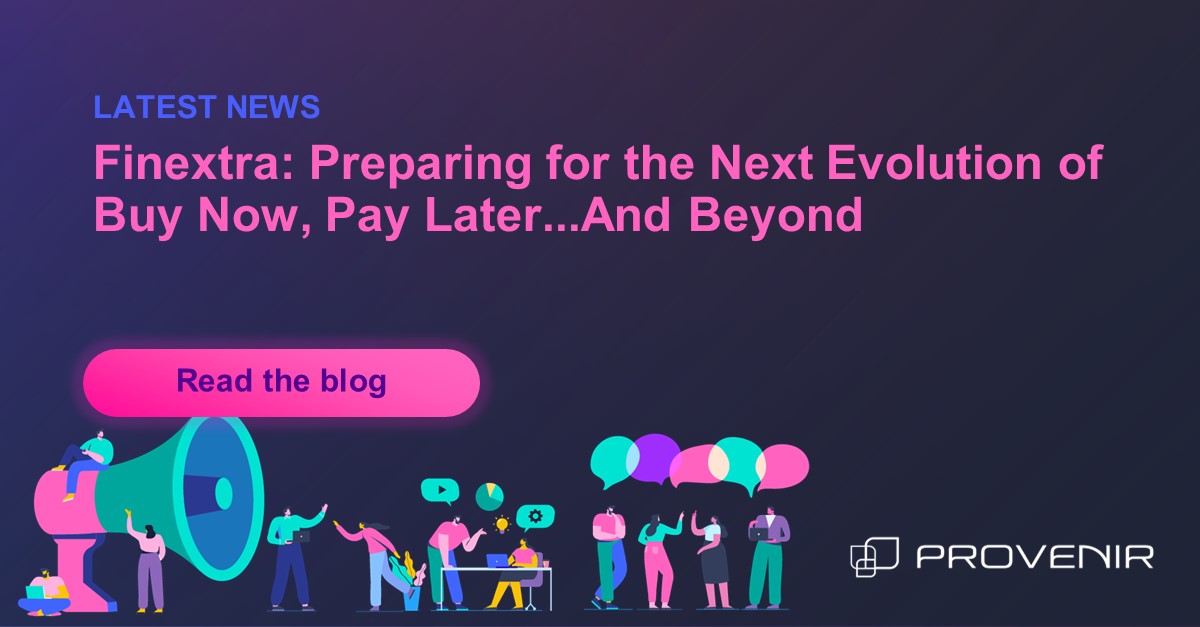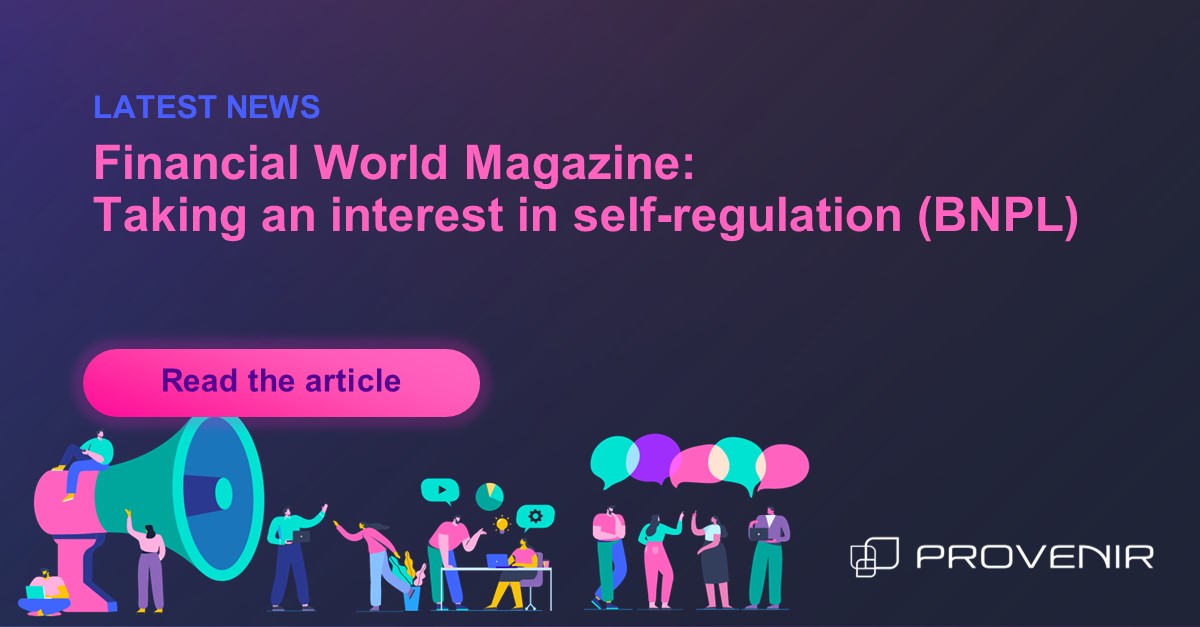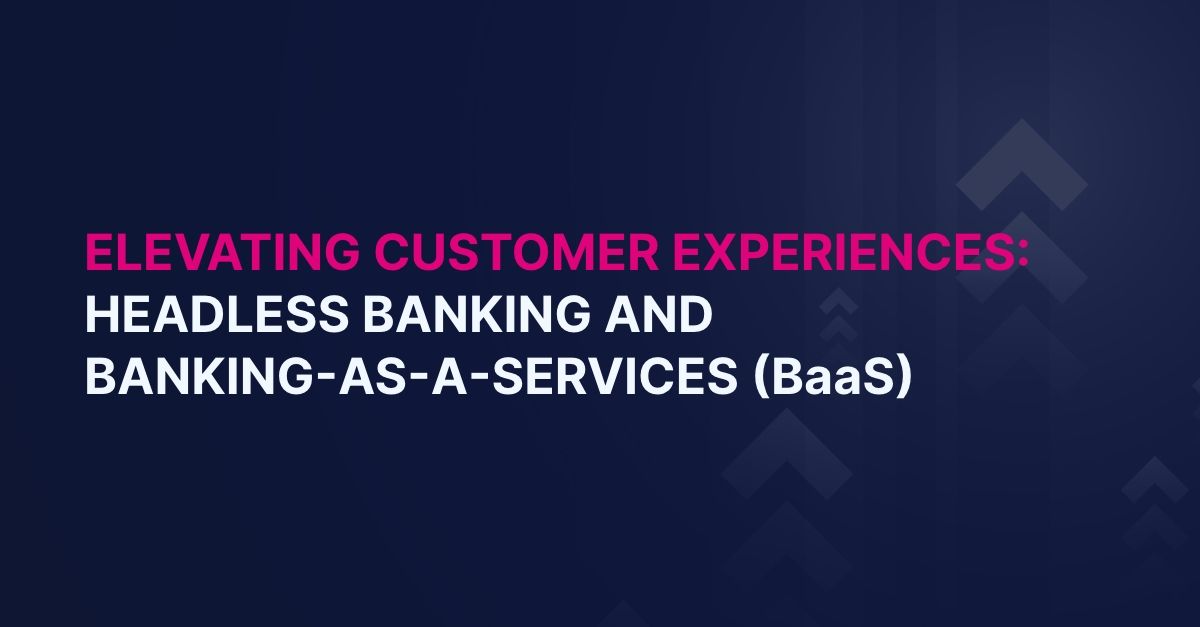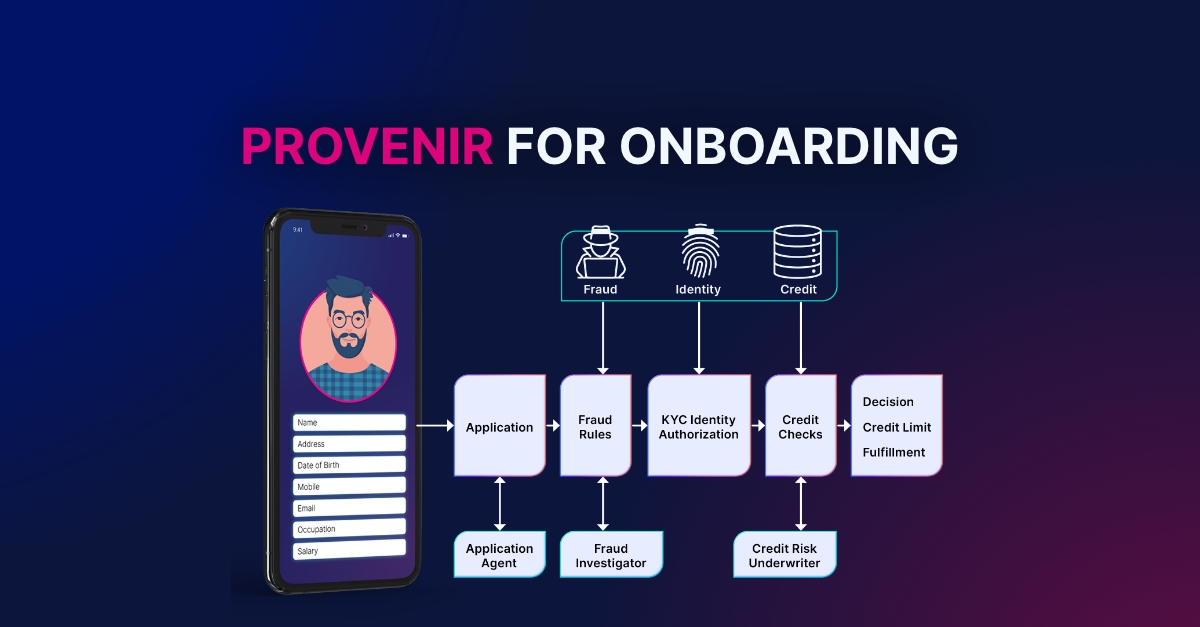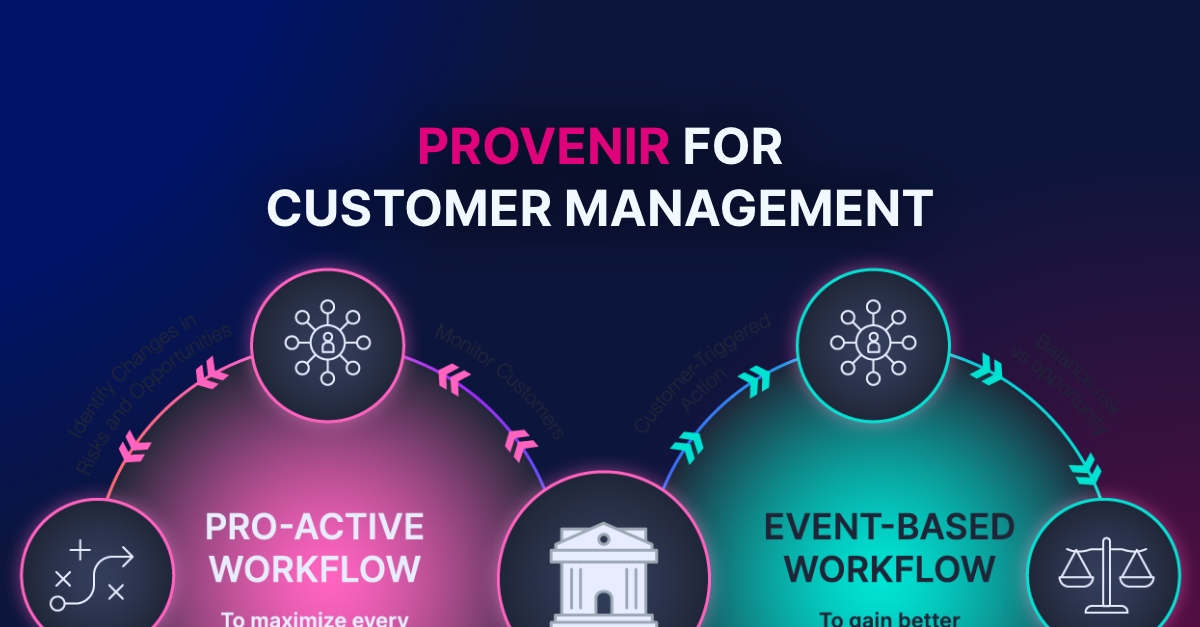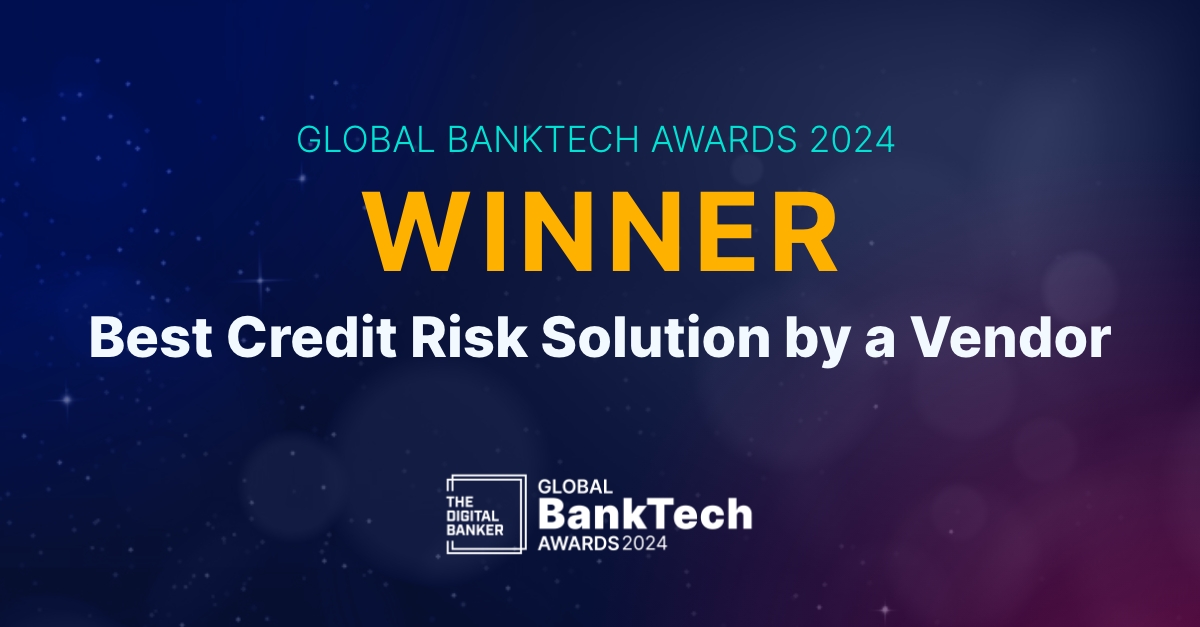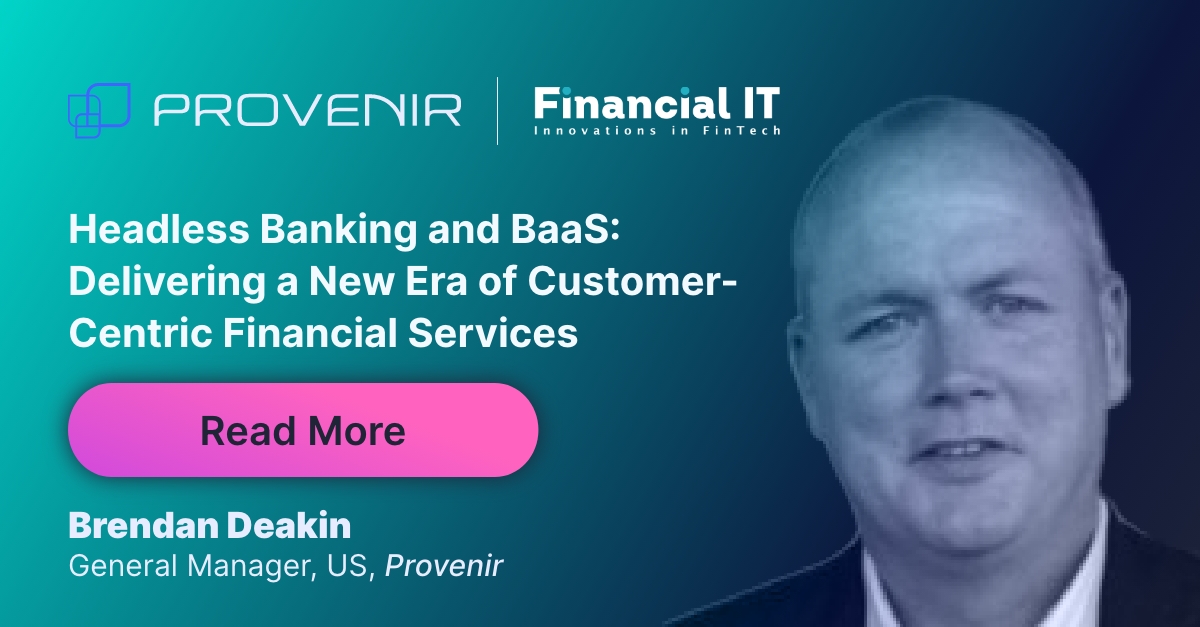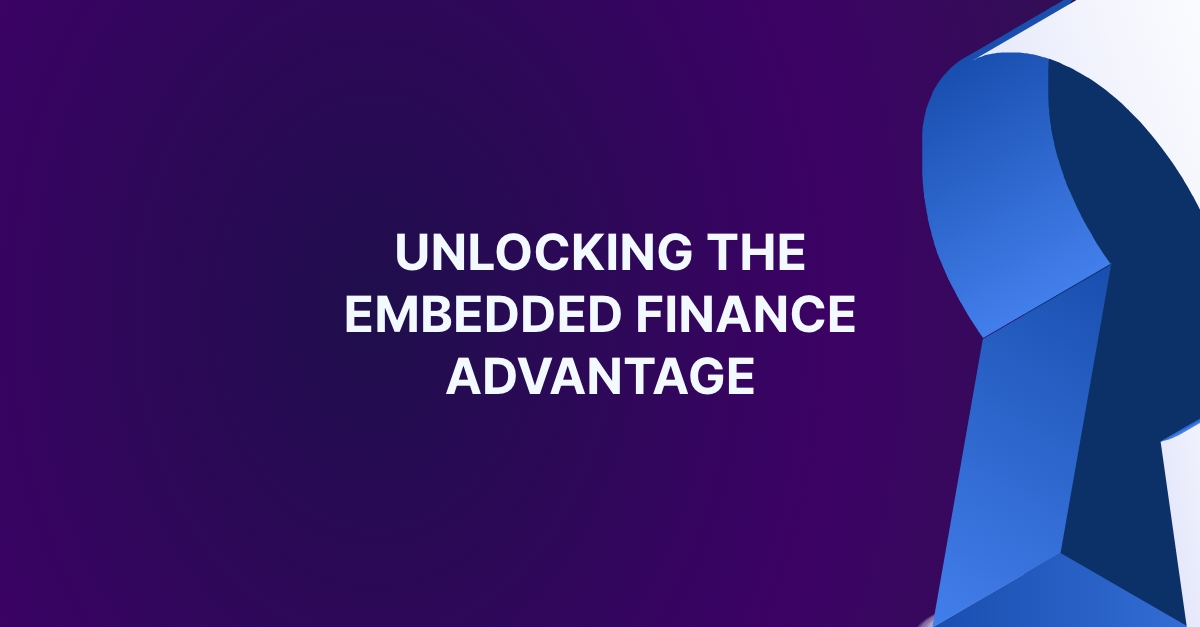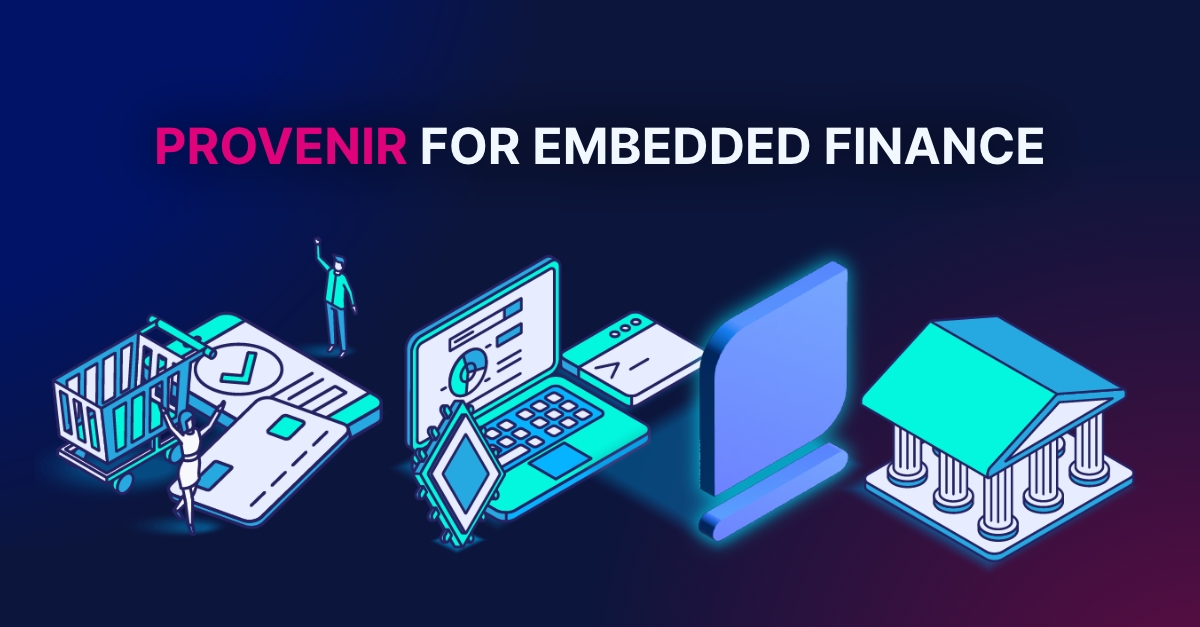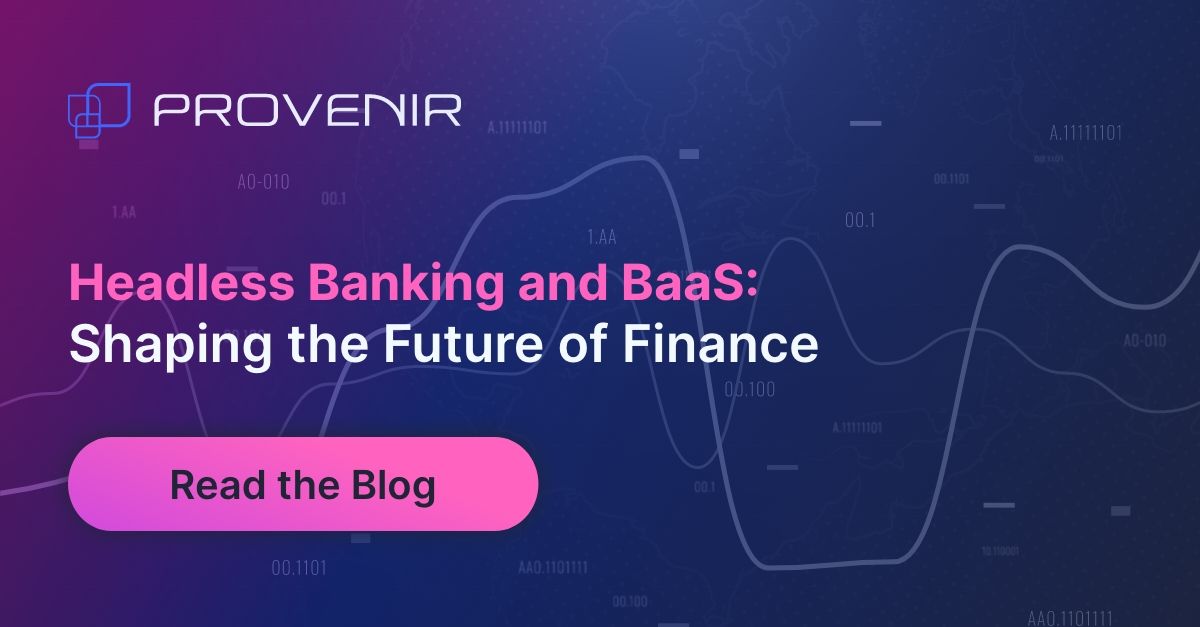Headless Banking and Banking-as-a-Service: Shaping the Future of Finance
There are two transformative models currently reshaping how financial services are developed, delivered, and consumed across the globe – headless banking and Banking-as-a-Service (BaaS). From North America’s robust financial ecosystems to APAC’s innovation hubs, and EMEA’s regulatory frameworks to Latin America’s burgeoning fintech scene, understanding both of these models is crucial to navigating the scene effectively. Headless banking, where banks separate their front-end and back-end processes to enable greater flexibility and customization in customer interactions, contrasts with BaaS, where banks or licenced institutions offer their banking services to other (usually non-financial) businesses, allowing them to integrate financial services directly into their offerings. And when it comes to the risk decisioning software that supports both of these models, the challenges and opportunities that headless banking and BaaS provide can help to inform our approach to managing and mitigating risks – an approach that needs to innovate and evolve as rapidly as the regulations and new advancements that the industry offers.
Key Features and Benefits of Headless Banking
With headless banking, the traditional integration of front-end user interfaces and back-end banking processes is uncoupled. Taking digital, front-end experiences away from the core banking functions that happen in the background enables an unprecedented level of flexibility and customization, allowing financial institutions to easily (and quickly!) integrate new technologies and services, offering personalized experiences that are tailored to individual customer needs and preferences. This ensures maximum agility and helps to foster rapid innovation, allowing you to get ahead in a highly competitive market by more rapidly adapting to emerging trends and changing customer demands.
Additionally, headless banking can significantly impact your cost efficiency. By utilizing APIs to connect disparate systems and services, you can reduce the need for an extensive overhaul of the backend every time the front-end technology evolves or customer expectations change. This modular approach reduces development and maintenance costs, but also strengthens security protocols, enabling potential security breaches to be isolated and managed more effectively, and minimizing overall risk.
When it comes to regulatory compliance, headless banking offers an adaptable framework that simplifies the integration of compliance measures into both existing and new products. This flexibility is crucial for global expansion, and embracing open banking standards, allowing you to easily customize and localize your offerings to meet specific regional regulatory requirements as well as cultural preferences. The opportunity to expand your global footprint while enhancing your service delivery will help to drive business growth and customer satisfaction.
Key Benefits of Headless Banking
- Customer-Centric Approach
- Digital Integration
- Customization and Personalization
- Agility and Innovation
- Cost and Operational Efficiency
- Enhanced Security
- Regulatory Compliance and Open Banking
- Global Expansion and Localization
Banking via Non-Banks: Banking-as-a-Service (BaaS)
Banking-as-a-Service (BaaS) is a model that allows non-banking entities to offer financial services and products by leveraging the existing infrastructure of established financial institutions. While this approach has many benefits for the non-banks (and consumers) who wish to use it, it all hinges on the use of APIs that connect third-party companies (fintechs, retailers, tech giants) directly to the extensive banking services and systems of more traditional financial institutions. BaaS platforms are technically the intermediaries, facilitating seamless integrations between the banks and the non-banks, enabling those non-banks to offer a range of financial services and products (including payments, lending, insurance, and investment services) under their own brand that enable a frictionless, all-in-one experience for their customers.
The operation of BaaS through APIs ensures the basic functionality of ‘banking’ but it also offers the compliance and security that consumers expect when they interact with any sort of financial service or product. BaaS promotes extensive fintech partnerships, giving the opportunity for non-banks to design and deliver truly customized financial solutions that meet the (often very) specific needs of their customer base, without dealing with the burden of developing, maintaining, and regulating a complete banking infrastructure.
BaaS is often seen as a transformative model in the financial services industry, democratizing access to financial services and encouraging innovation and inclusion. Companies can diversify their offerings, improve customer engagement, and generate new revenue streams, all while relying on the track record of robust, secure, compliant banking frameworks and infrastructure provided by established banking partners. Ultimately, while this improves customer access to a variety of financial offerings, it also helps drive competition and innovation in the industry as a whole, enabling more choice and more personalized, frictionless experiences for consumers.
Both headless banking and BaaS emphasize the industry-wide drive towards more modular and flexible financial service delivery, yet technically they both serve as distinct functions within the larger ecosystem. While different in how they function and the infrastructure required, the two models can complement each other quite well. For example, a BaaS provider could adopt a headless approach to provide more customizable interfaces for clients, combining robust back-end services with more tailored front-end designs.
Challenges and Barriers: Overcoming Obstacles in Headless Banking and BaaS
As with any innovation, incorporating headless banking or BaaS into your service offerings can come with unique challenges.
- Legacy Systems: One of the most significant challenges facing the adoption of any newer technology in the financial services world is the integration of modern, flexible banking models/systems with outdated legacy systems that are often rigid and complex. These systems can make it extremely difficult to implement the agile and modular structures required by headless banking and BaaS (and often can’t efficiently handle the rapid changes to these products that the market and consumers demand). Additionally, it’s imperative to ensure that new, more modular systems can effectively communicate and operate with existing banking systems and third-party services, which can be challenging, especially when dealing with a wide range of standards and technologies.
- Strategy: To overcome the challenges of legacy technologies, adopt a phased approach to modernization, gradually replacing or encapsulating legacy components with microservices and APIs that offer greater flexibility. Ensure you have access to a Professional Services team or consultants that have deep expertise in systems migrations.
- Regulatory Hurdles: Both models must navigate a complicated framework of financial regulations that vary by region and jurisdiction (and often industry – for example, if you’re offering any sort of banking services to the healthcare industry or government entities, there can be an added layer of compliance considerations). BaaS especially faces compliance challenges, as it involves third parties offering financial services – due diligence for regulatory oversight is key.
- Strategy: Early and ongoing engagement with the right regulatory bodies is critical, and the use of regulatory sandboxes for testing can be helpful. Leverage expert legal and compliance teams to build and maintain a framework that adapts to regulatory evolution and new compliance demands.
- Security: Security is crucial, as it is with all financial services, especially given the increased exposure to fraud and cyber threats that come with opening up banking systems through APIs and enhanced customer touchpoints.
- Strategy: Adopt robust cybersecurity measures, including end-to-end encryption, regular security audits, and compliance with the most stringent international security standards to mitigate these risks.
- Cultural/Organizational Resistance: Shifting to a new model requires buy-in across the organization and often necessitates a significant cultural shift, moving away from more traditional banking practices to more innovative, technology-driven approaches.
- Strategy: Leadership needs to champion the change, and implement comprehensive training programs to ensure alignment company-wide. Be sure to illustrate the competitive advantages and potential for improved customer experiences and sustainable growth to help gain buy-in.
- Integration Complexity and Lack of Expertise: While APIs facilitate integration between systems, managing a large amount of interfaces between the front and a variety of back-end services can quickly become complex.
- Strategy: It can take significant effort to ensure stability, performance, and consistency across all of these interfaces – the key is deep expertise in integrating systems, tech migrations, and developing new infrastructure.
Leading the Headless Banking and BaaS Evolution
Who’s leading the charge? Those organizations who embrace agility, technological prowess, and new models for delivering financial services. Here’s a closer look:
Fintech Startups
Fintech startups are often the most aggressive in adopting headless banking principles due to their digital-native foundations and lack of legacy infrastructure. They are known for their rapid innovation, customer-centric designs, and use of modern technology stacks, making them natural leaders in this space. Examples include:
- Challenger Banks: Digital-only banks like Revolut, Monzo, and N26, who can leverage headless architectures to offer innovative, user-friendly banking experiences.
- Banking Platforms: Companies like Plaid and Stripe provide API-driven services that enable other businesses, including traditional banks, to offer fintech solutions seamlessly integrated with their existing offerings.
Traditional Banks
Banks that are investing in digital transformation initiatives, forming partnerships with fintech companies, or developing in-house solutions to modernize their banking platforms. Examples include:
- Global Banks: Some of the world’s largest banks, such as JP Morgan Chase, Goldman Sachs (with its Marcus brand), and HSBC, are investing heavily in digital banking initiatives, including the adoption of headless and API-driven architectures to enhance customer experiences and expand their digital offerings.
- Regional and Community Banks: Smaller banks are increasingly partnering with fintech and BaaS providers to leverage headless banking capabilities, allowing them to offer competitive digital services without the need for extensive in-house technology development.
Technology and BaaS Providers
Technology companies and BaaS providers offer the infrastructure, platforms, and tools that enable both fintech startups and traditional banks to implement headless banking solutions. These providers are crucial enablers of the trend, offering the APIs, development platforms, and cloud infrastructure necessary to build and scale headless banking services. Key players include:
- BaaS Platforms: Companies like Solarisbank, Banking Circle, and Galileo offer banking-as-a-service platforms that enable other businesses to launch financial products quickly and efficiently using headless principles.
- Cloud Service Providers: Major cloud providers such as Amazon Web Services (AWS), Google Cloud, and Microsoft Azure offer the infrastructure and services that support the scalability, security, and flexibility required for headless banking.
Future Outlook
At Provenir, we’ve been on the forefront of tech innovation for financial services for the past twenty years – and it looks like the next twenty hold just as much potential! So what does the future hold for both headless banking and BaaS? Both models are set to significantly influence wider industry dynamics, driving further transformation in financial services, enhancing customer experiences, and driving operational efficiencies. Some key things to keep in mind:
- Technology and Innovation: Cutting-edge tech (like AI/ML) is crucial. These technologies enable more personalized banking experiences, less friction in the customer experience, improved security measures, and greater operational agility. Integrating artificial intelligence allows for smarter, data-driven decisions that can be scaled as needed, transforming customer touchpoints to more meaningful, tailored experiences.
- Seamless Integration: Headless banking and BaaS can help encourage more seamless integration of financial services into the daily lives of consumers, enhancing the customer journey with BaaS services like integrated payments, lending, and insurance. Headless banking will empower more banks to rapidly innovate and customize offerings, reducing the time-to-market for new products and services, and reducing friction along the journey.
- Cloud-Based Platforms: Holistic, end-to-end, cloud-native risk decisioning platforms can play a pivotal role in the tech transformation of the industry. Platforms like Provenir’s AI-powered decisioning solution can provide the necessary infrastructure to manage vast amounts of data security and safely, and comply with regulatory requirements, while supporting real-time risk assessment and decisioning across fraud and credit.
- Traditional Bank Response: Prominent tech companies and fintechs are leading the way in BaaS, while larger players like Stripe and Square are providing platform services that enable other businesses to offer financial services. Financial institutions like DBS and BBVA are delving into headless banking by separating their customer-facing interfaces from core banking services. More traditional banks are increasingly responding to these trends by either partnering with fintechs, investing in their own BaaS or headless banking solutions, or acquiring promising tech startups to bring these innovations in-house.
The BaaS market size is estimated at USD 5.32 billion in 2024, and is expected to reach USD 14.72 billion by 2029, growing at a CAGR of 26.60% during the forecast period (2024-2029).
As with all tech trends in the past twenty years (remember your first mobile payment?), anything truly innovative is poised to fundamentally change how financial products and services are developed, delivered, and consumed. As the focus on consumer experience continues to grow, tech that shifts the industry towards more integrated, customer-centric, frictionless experiences will be golden – especially because it can also improve operational efficiency and encourage sustainable business growth.
For more information on how holistic, end-to-end decisioning can help you launch your headless banking or BaaS products:
Contact Us
LATEST BLOGS
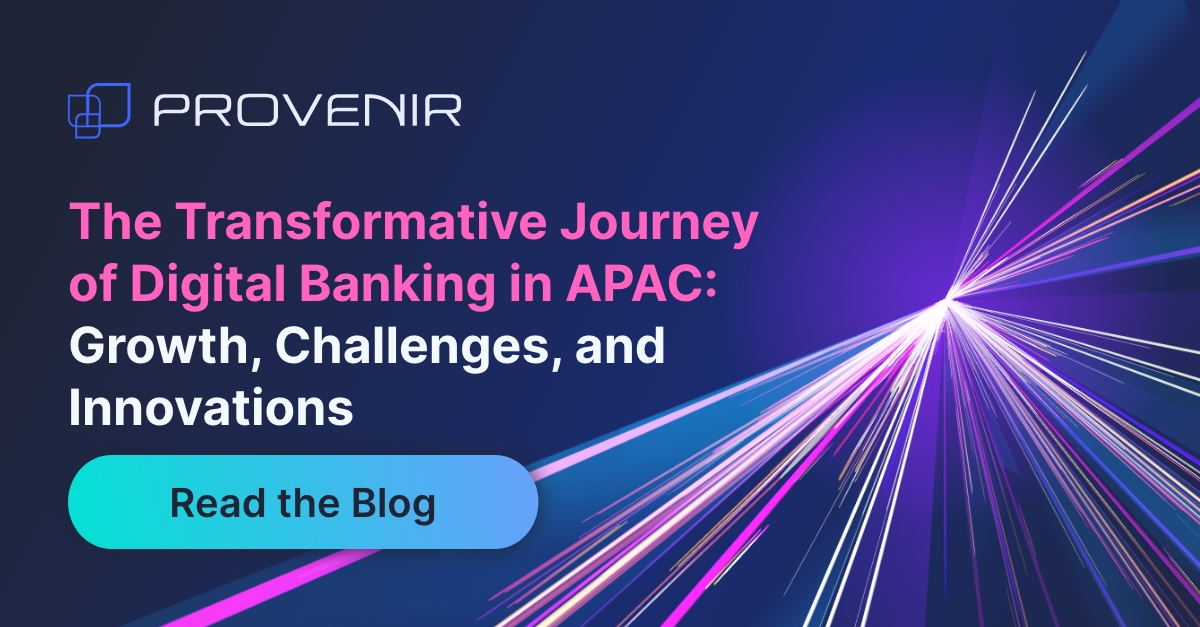
BLOG The Transformative Journey of Digital Banking in APAC: Growth, Challenges, and Innovations Kris Emerton-Jones

BLOG Transforming Consumer Lending: How Big Retailers Like Walmart Are Changing the Game Exploring the
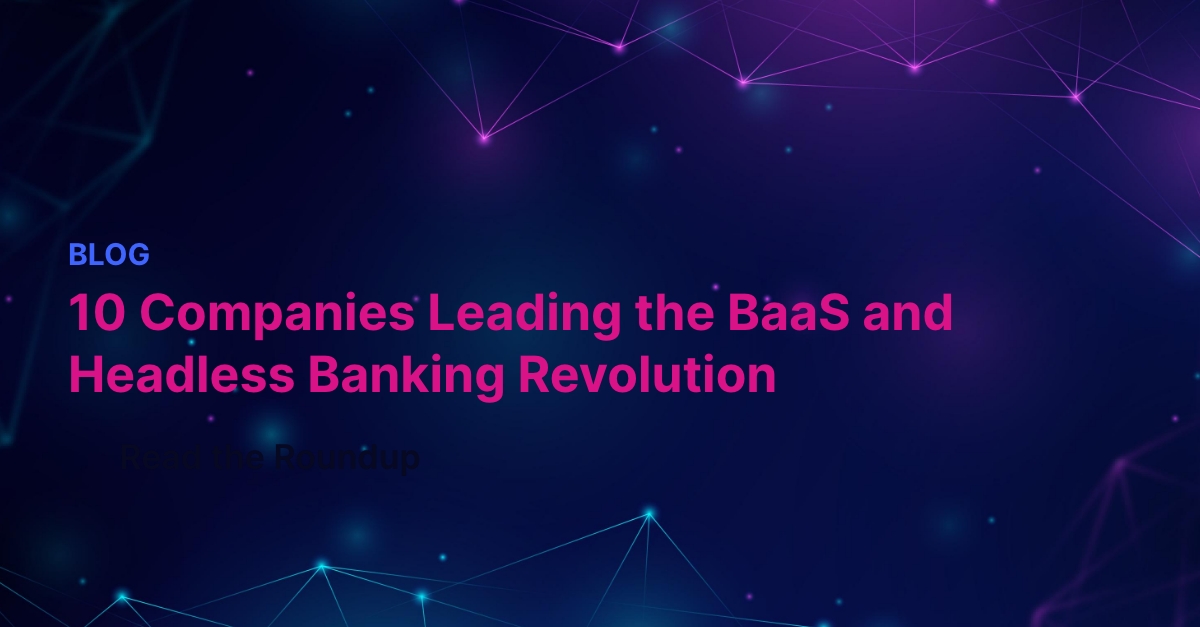
BLOG 10 Companies Leading the BaaS and Headless Banking Revolution Enhancing the Customer Experience with
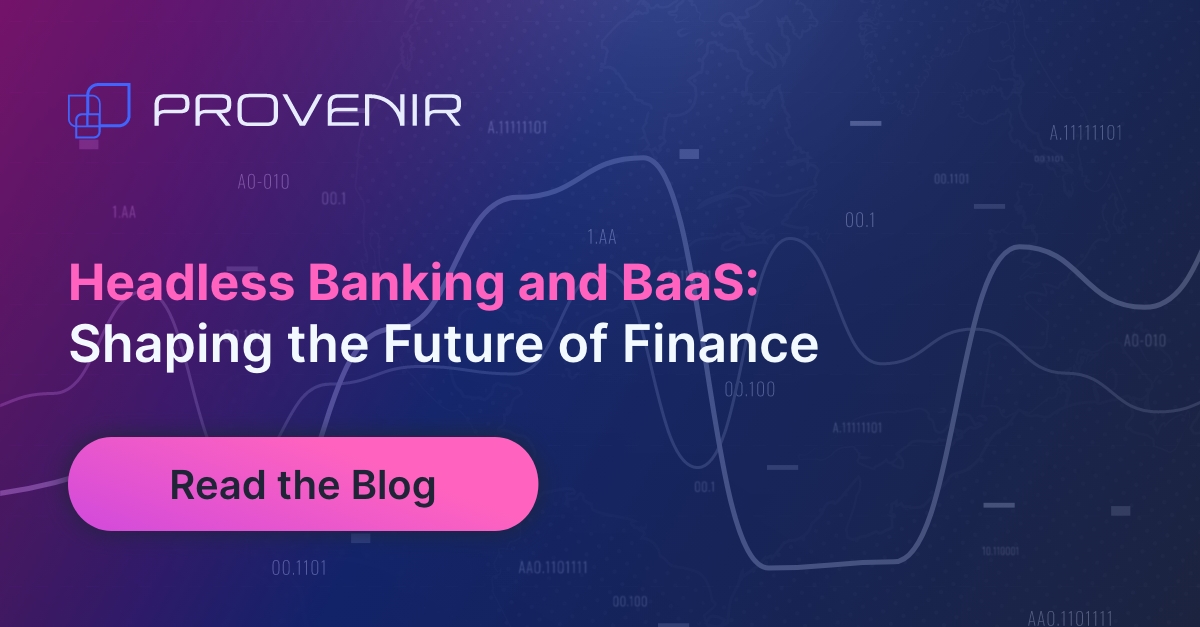
Explore the future of finance with headless banking and Banking-as-a-Service (BaaS). These groundbreaking models are



